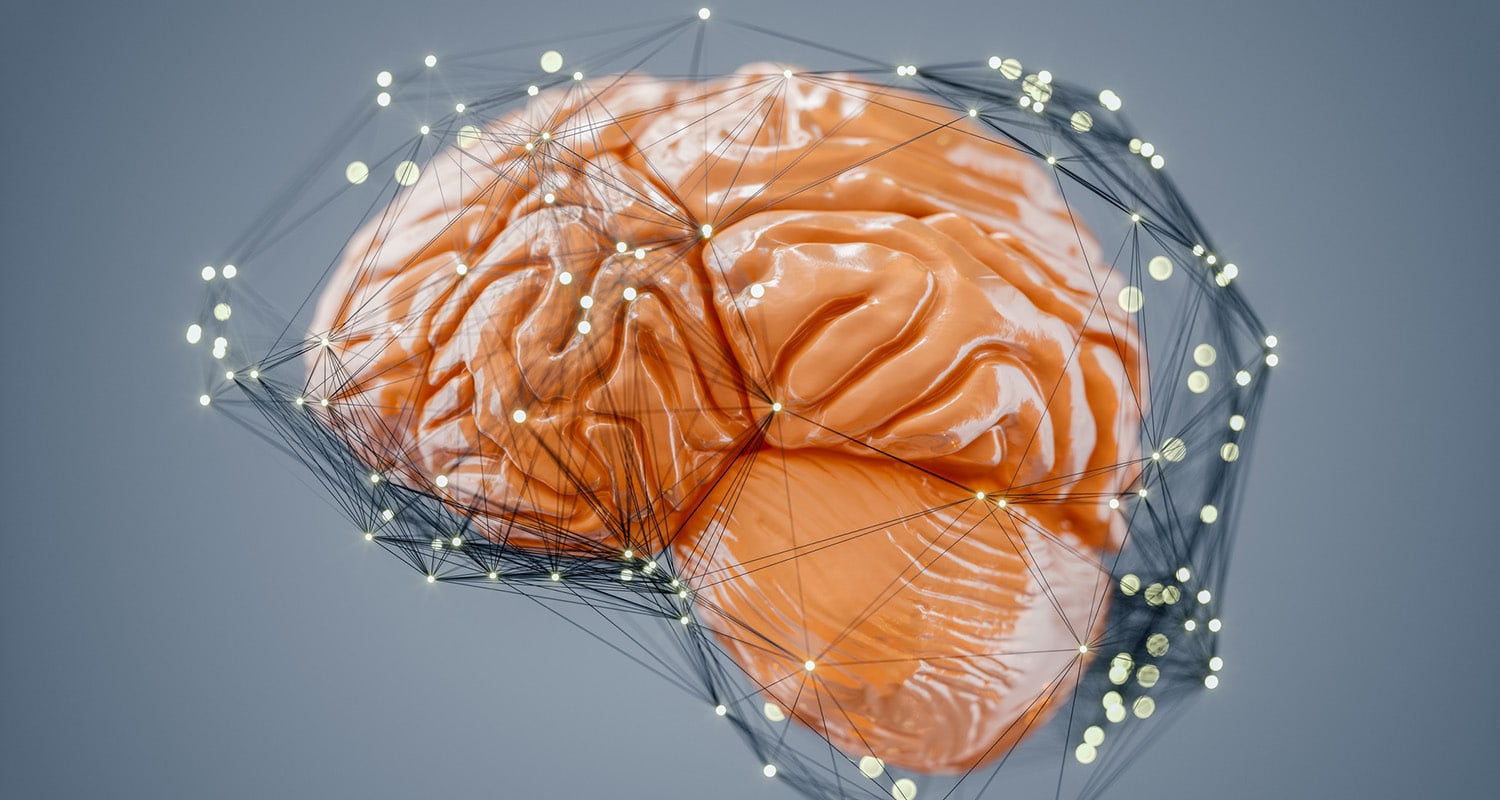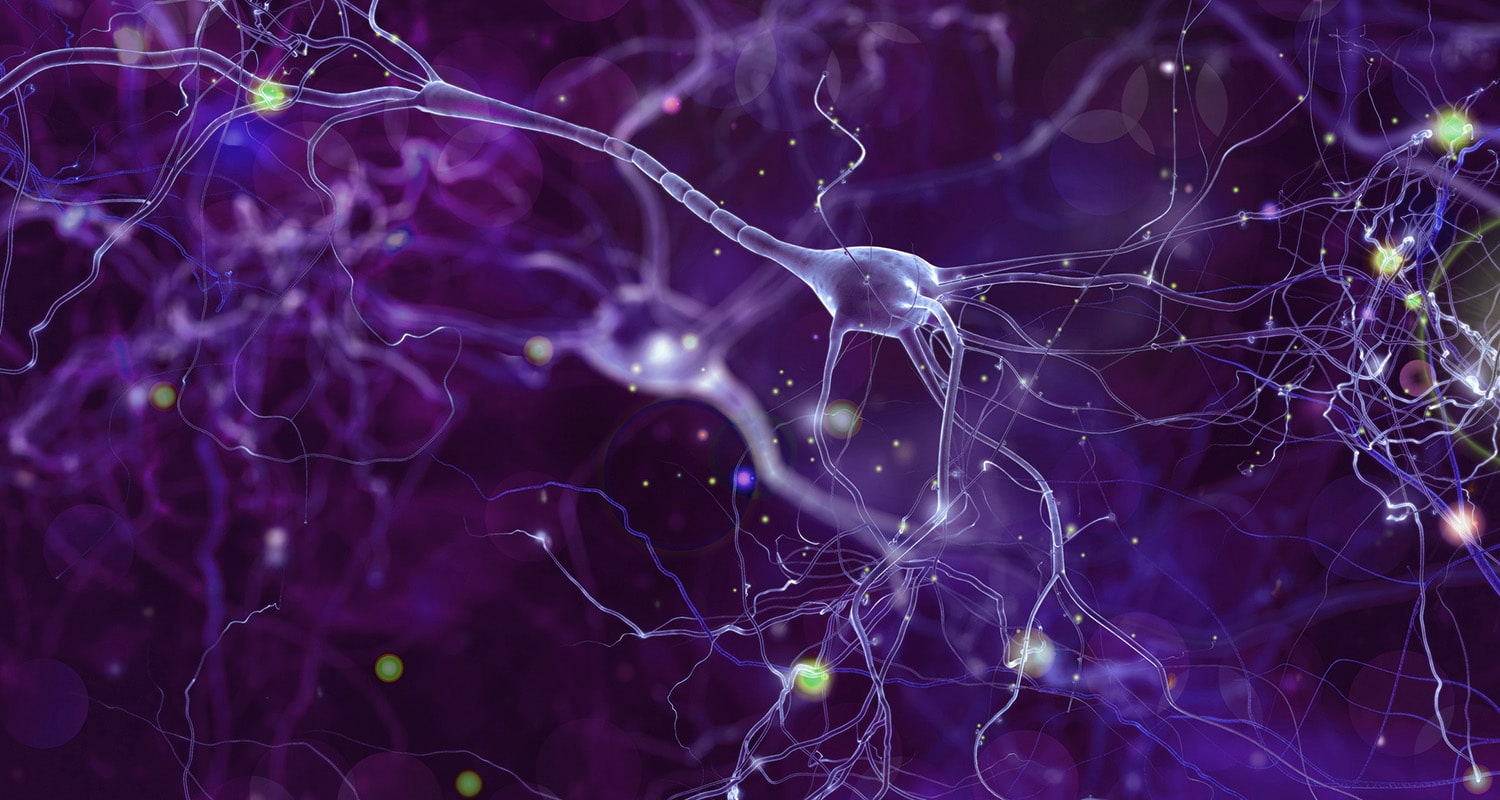
[tldr]
- ASMR — or autonomous sensory meridian response — describes a tingling sensation in the crown of the head that some people get when exposed to certain audiovisual triggers. Popular ASMR triggers include whispering, tapping, repetitive sounds, mouth sounds, and scratching, and videos of these triggers have racked up millions of views on YouTube over the years.
- Research suggests that the biological underpinnings of ASMR is the brain’s default mode network. Studies using fMRI images indicate that people with ASMR have both less functional connectivity in some areas of the brain and increased connectivity in other parts that might mitigate a more intense emotional response to sensory stimuli.
- Studies show that people with ASMR experience decreased stress and increased excitement, feeling of connectedness, and calmness in response to ASMR videos.
- ASMR may also have the potential to help with depression, sleep, and chronic pain.
[/tldr]
You’ve heard of ASMR, but what exactly is it? To understand it, imagine watching a video of a woman sitting in front of a microphone in a nondescript room. Her voice, a deliberate whisper, cuts the stark silence. She leans close to her mic so you can hear every consonant pop. Then maybe she picks up a hair brush and drums her fingernails against the back of it. Or caresses the mic with a makeup brush. Or snips the air with a pair of barber’s scissors, all while narrating her actions in that same hushed voice. Some of us would watch this seemingly peculiar series of events unfold on screen with bafflement. But for those who experience Autonomous Sensory Meridian Response (ASMR as it’s more commonly known), watching and listening to these mundane events can be quite literally mind-blowing.
What is ASMR?

Related: This Fractal Video Will Lower Your Stress by 60% in a Matter of Seconds
Why do some people experience ASMR?

One study that used an fMRI to study the brains of both people with ASMR and a matched control group without ASMR found that the DMN of people with ASMR deviates in two ways. First, the DMN of participants who experienced ASMR showed less functional connectivity between the frontal, attentional, and sensory regions of the brain than participants in the control group. This may indicate that people who experience ASMR have a harder time inhibiting their sensory-emotional experiences, making them susceptible to triggers that their peers are not. At the same time, the researchers found that people with ASMR also appeared to have increased connectivity between areas in the occipital, frontal, and temporal cortex. This implies that people with ASMR may have a more intense emotional response to to different sensory stimuli.[ref url=”https://www.tandfonline.com/doi/full/10.1080/17470919.2016.1188851?scroll=top&needAccess=true&-)”] However, keep in mind that this study looked at the subjects brains at rest — and not in response to ASMR videos.
While the link isn’t totally understood yet, ASMR seems to be associated with certain personality traits. Participants who reported more intense ASMR experiences scored higher on traits including openness-to-experience, conscientiousness, extroversion, agreeableness, and neuroticism.[ref url=”https://www.ncbi.nlm.nih.gov/pmc/articles/PMC5322228/”] ASMR also has some similarities with synaesthesia (where people perceive things like letters and numbers with a specific color) and misophonia (an aversion or sensitivity to certain sounds, like chewing).
What are common ASMR triggers?

What are the benefits of ASMR?
If you check out the comments of an ASMR video or scroll through the ASMR subreddit, you’ll see plenty of anecdotal evidence that ASMR is a positive experience that goes beyond tingling. One survey found that 98 percent of people use ASMR to relax, 82 percent used it to help them sleep, and 70 percent use it to deal with stress.
Related: Mood-Boosting Supplements for Depression, Anxiety & Stress
And research backs these perceived benefits. A study conducted earlier this year found that among people who experience ASMR, ASMR videos triggered a positive self-reported emotional response and a positive physiological response. ASMR videos were associated with an increased level of excitement, calmness, and sense of connectedness and a decreased level of stress and sadness. Physiologically, participants showed a decreased heart-rate and increased skin conductance in response to ASMR videos, which indicate reduced stress and increased excitement, respectively. And let’s get this out of the way: ASMR is not typically sexual. Though ASMR videos excited participants in the study, they did not sexually arouse them.[ref url=”https://journals.plos.org/plosone/article?id=10.1371/journal.pone.0196645″] (Another study found that 5 percent of people used ASMR for sexual stimulation.[ref url=”https://peerj.com/articles/851/”])
So what about the viewers who claim ASMR helps with depression, anxiety, and other more serious issues? Some research indicates that ASMR may help not only boost mood, but also alleviate chronic pain.
In the study ASMR viewers completed a questionnaire about the benefits they reap from ASMR videos. Eighty percent of subjects said ASMR had a positive effect on their moods, with people experiencing the most severe depression reporting the greatest mood-boosting benefits.
Thirty-eight participants reported that ASMR videos improved their chronic pain symptoms.[ref url=”https://peerj.com/articles/851/”] ASMR’s subjective nature makes it difficult to research, and it’s a relatively new area of study, but based on early findings, researchers do think it potentially has several therapeutic benefits.
Read Next: How To Hack Your Happiness









